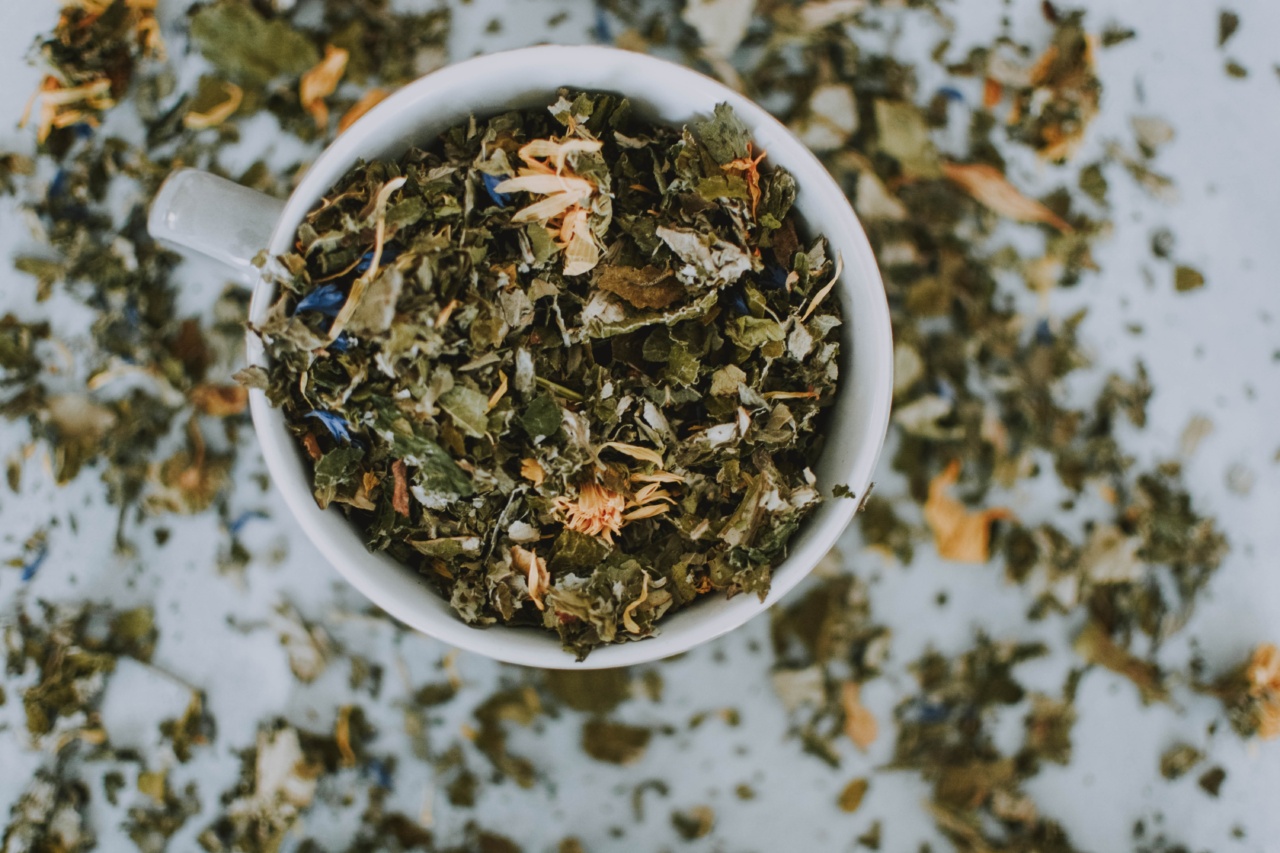Hypertension, commonly known as high blood pressure, is a prevalent health problem that affects millions of people around the globe.
It occurs when the blood pressure inside your arteries is consistently higher than normal, which can lead to various complications such as stroke, heart disease, and kidney damage.
While there are many prescription drugs available for controlling hypertension, herbal remedies can be an effective alternative for those who prefer natural solutions. In this article, we will discuss the top three herbs for managing hypertension.
Garlic
Garlic is a popular ingredient in many dishes across the globe, known for its pungent smell and flavor. But what many people don’t know is that garlic has potent medicinal properties, including its ability to lower blood pressure.
Research has shown that garlic contains a compound called allicin, which has anti-hypertensive effects. Allicin helps relax the blood vessels, allowing blood to flow more easily and lowering blood pressure in the process.
A study published in the Journal of Hypertension found that taking garlic supplements for 12 weeks significantly reduced systolic and diastolic blood pressure levels in participants with hypertension.
Garlic can be consumed in various forms, including raw, cooked, or as a supplement. However, it’s important to note that consuming large amounts of garlic can cause side effects such as bad breath, heartburn, and stomach upset.
Consult with your healthcare provider before adding garlic to your diet or taking supplements.
Hawthorn
Hawthorn is a shrub or tree that grows in various parts of the world, including Europe, Asia, and North America. Its berries and flowers have been used for medicinal purposes for centuries, particularly for heart-related conditions.
Studies have shown that hawthorn can be effective in lowering blood pressure by relaxing the blood vessels and improving blood flow.
A review of 14 studies published in the American Journal of Medicine found that hawthorn extract significantly reduced both systolic and diastolic blood pressure levels in participants with hypertension.
Hawthorn can be consumed as a tea, extract, or supplement. However, it’s important to note that hawthorn can interact with certain medications, including those used to treat heart conditions.
Consult with your healthcare provider before adding hawthorn to your diet or taking supplements.
Flaxseed
Flaxseed, also known as linseed, is a tiny seed that is high in fiber and omega-3 fatty acids. It has been shown to have various health benefits, including its ability to lower blood pressure.
Research has shown that flaxseed can help reduce blood pressure levels in individuals with hypertension.
A study published in the Journal of Hypertension found that consuming flaxseed lignans for 12 weeks significantly reduced both systolic and diastolic blood pressure levels in participants with hypertension.
Flaxseed can be added to various dishes, including smoothies, salads, and baked goods. It can also be consumed as an oil or supplement.
However, it’s important to note that consuming large amounts of flaxseed can cause digestive issues such as bloating and diarrhea. Consult with your healthcare provider before adding flaxseed to your diet or taking supplements.
Conclusion
Hypertension is a common health problem that can lead to various complications if left unmanaged.
While there are many prescription drugs available for controlling hypertension, herbal remedies can be an effective alternative for those who prefer natural solutions. Garlic, hawthorn, and flaxseed are among the top herbs that have been shown to help lower blood pressure levels. However, it’s important to consult with your healthcare provider before adding these herbs to your diet or taking supplements.






























